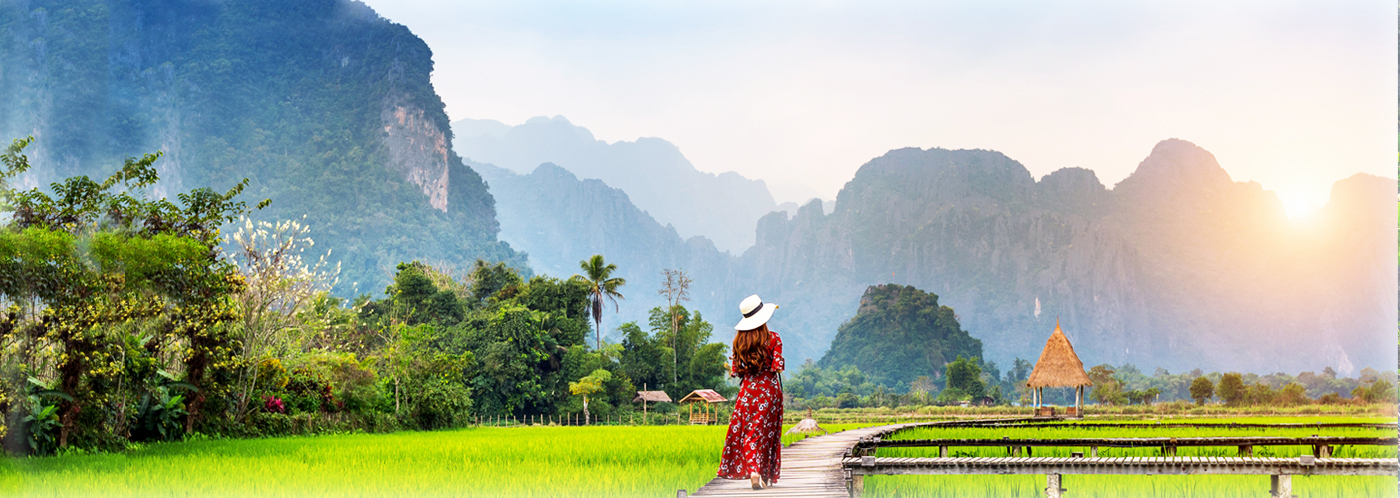Sofitel Legend Metropole Hanoi Named Among Asia’s Most Iconic Heritage Hotels

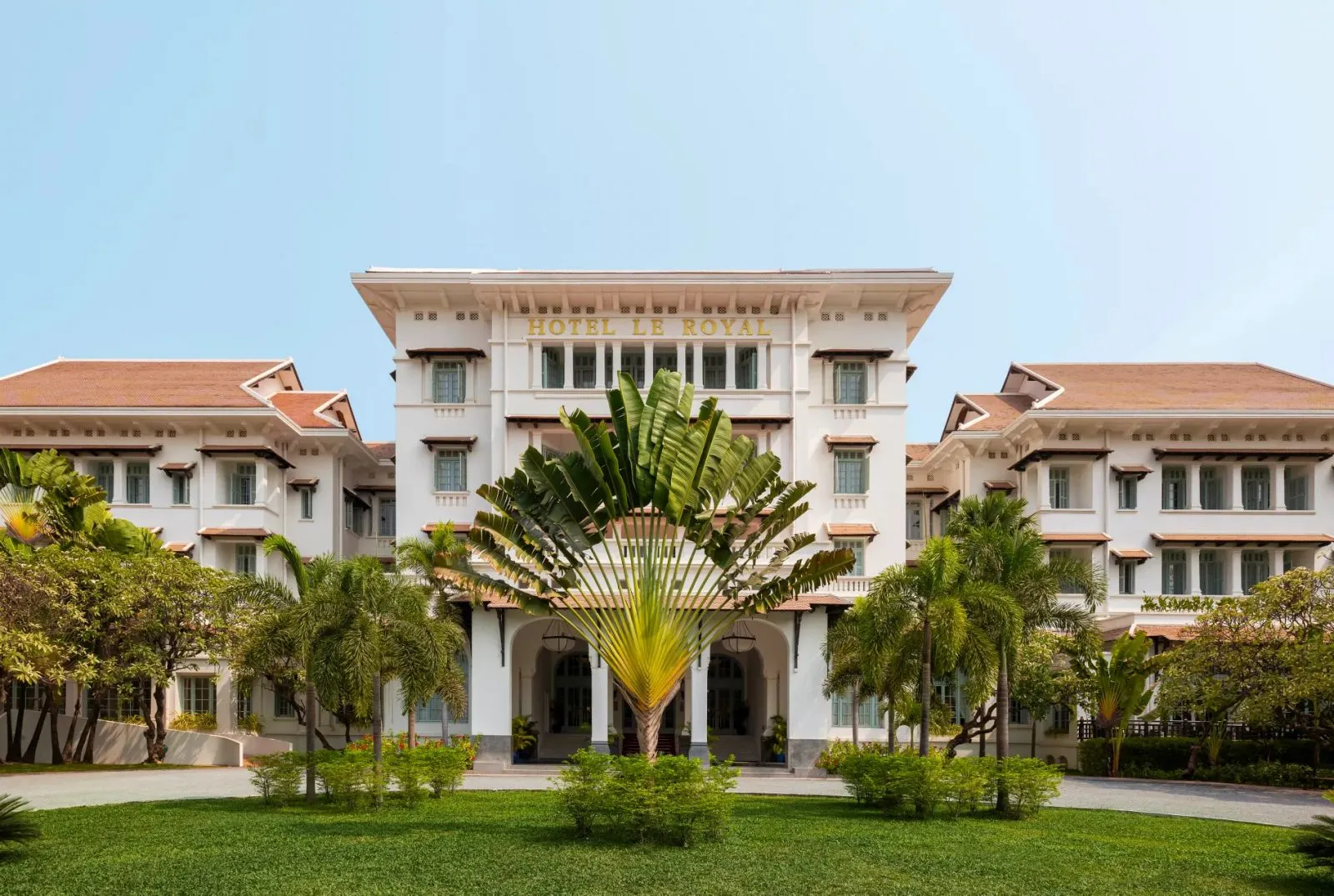
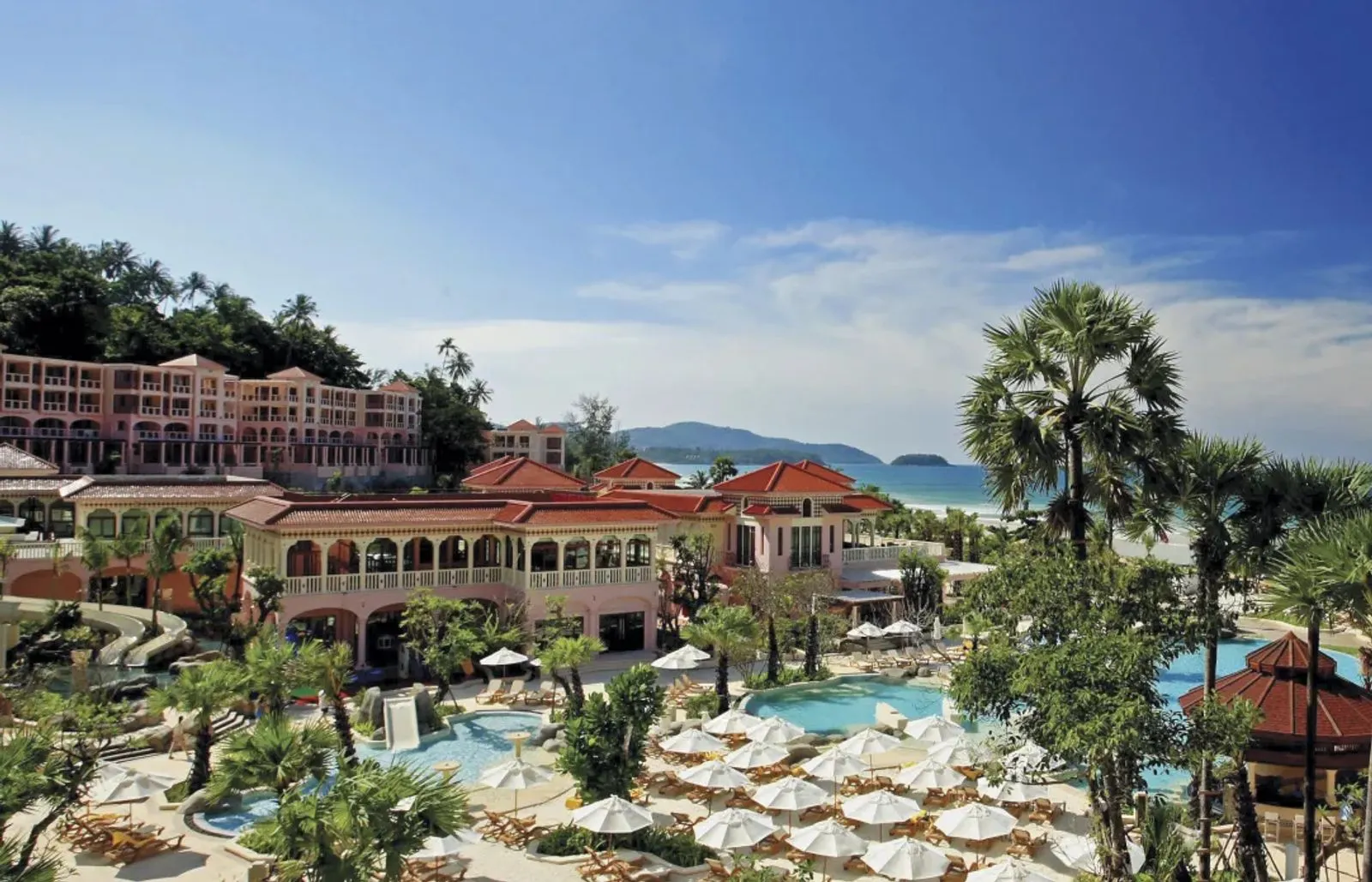
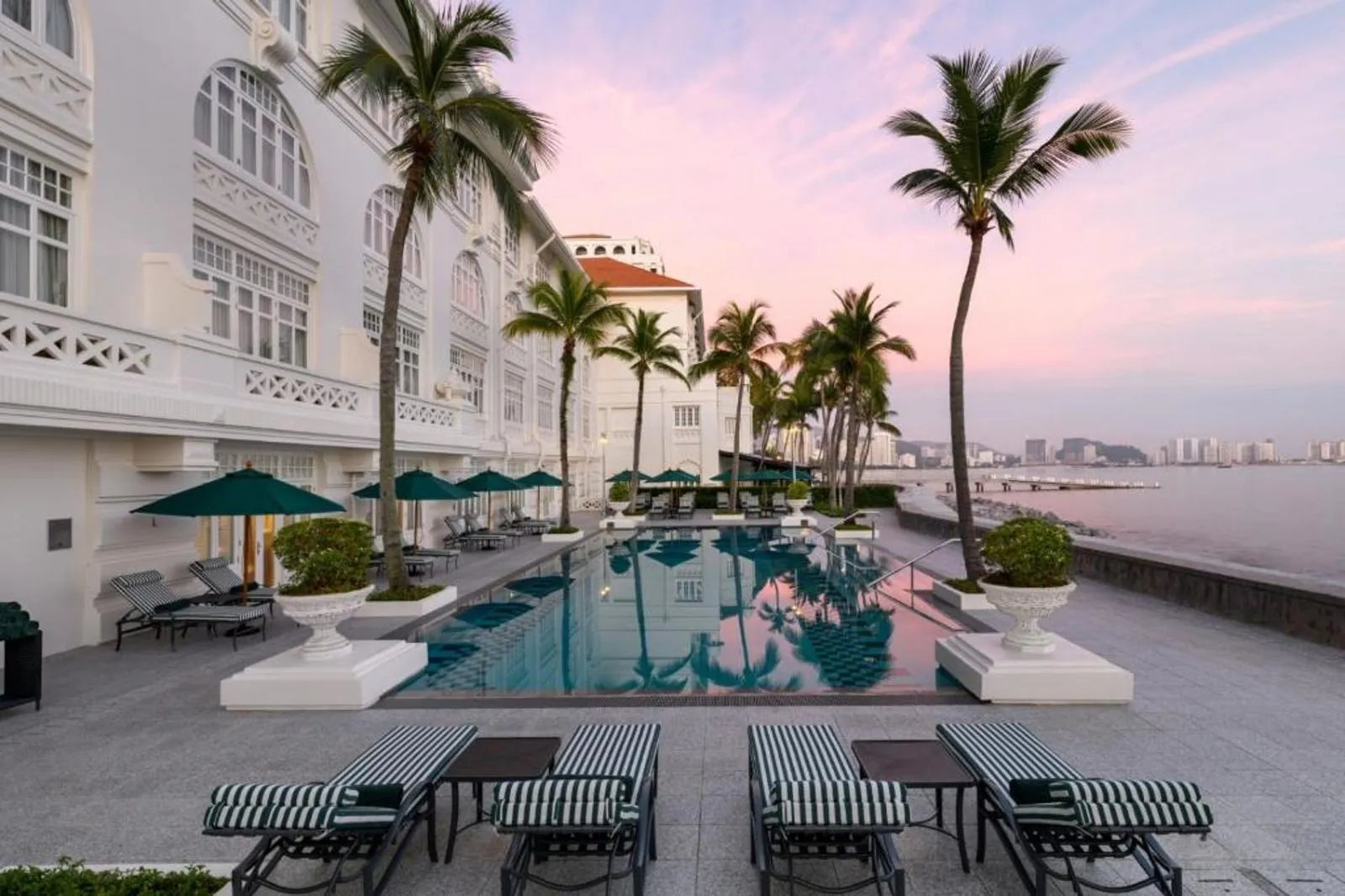
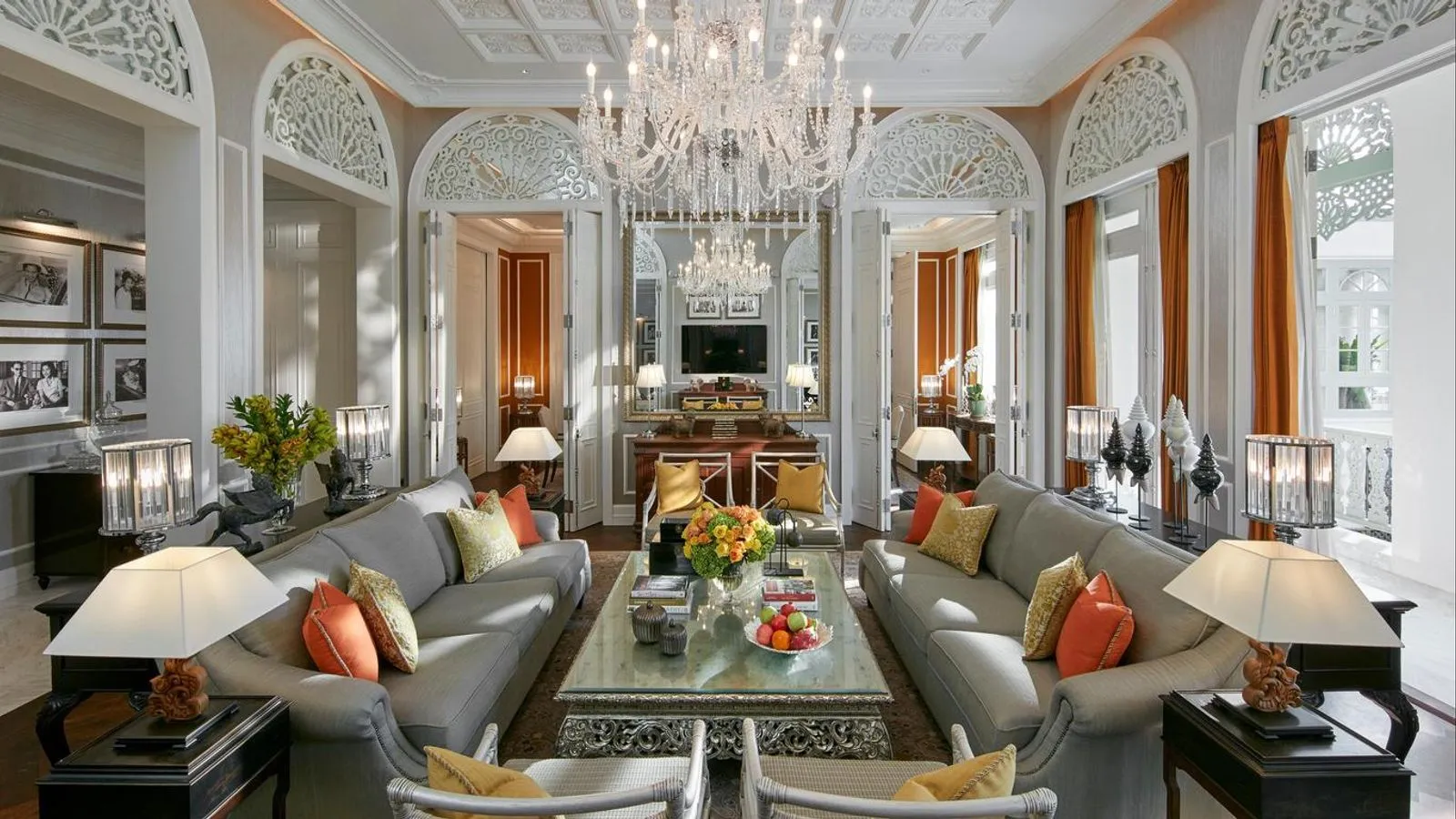
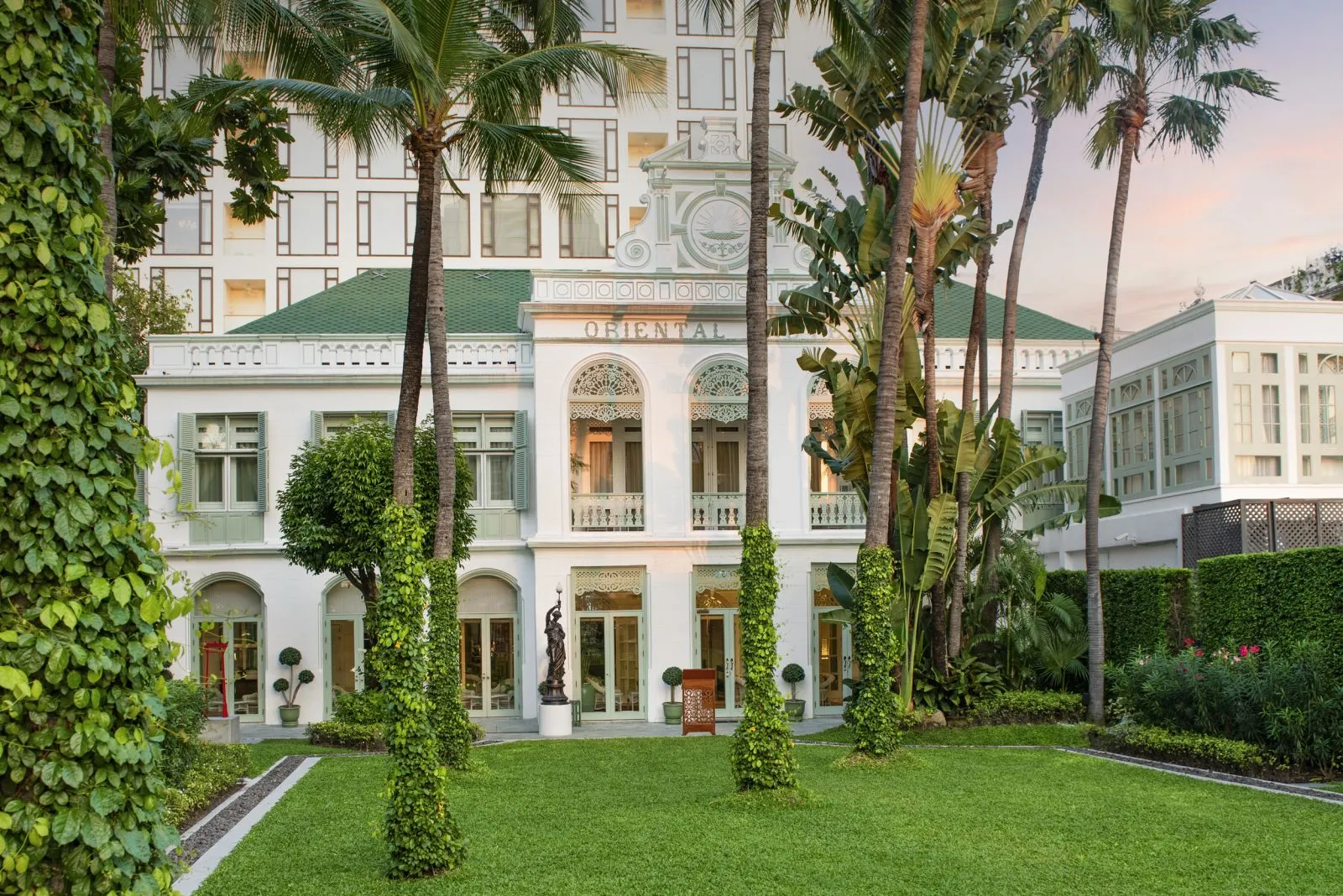
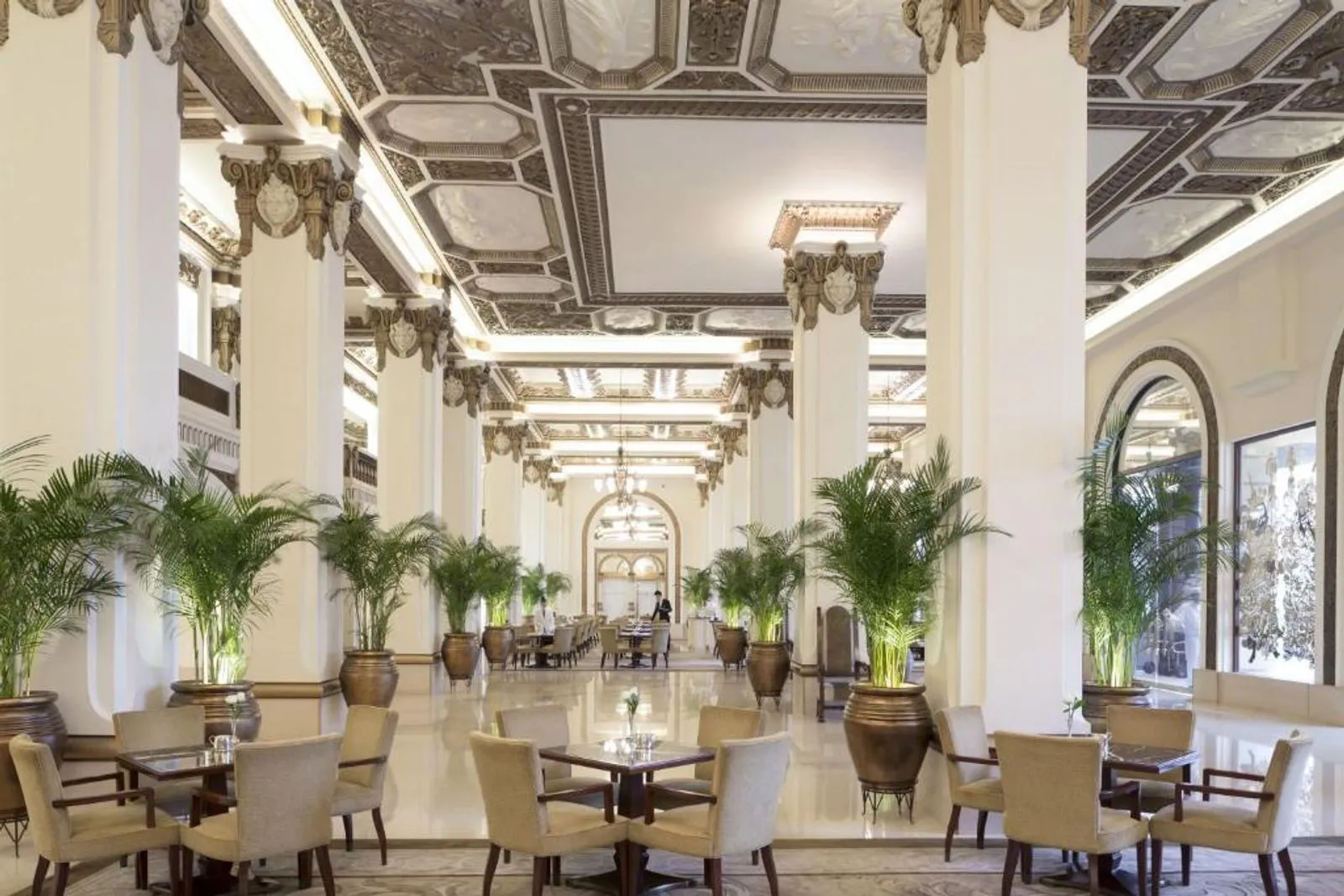
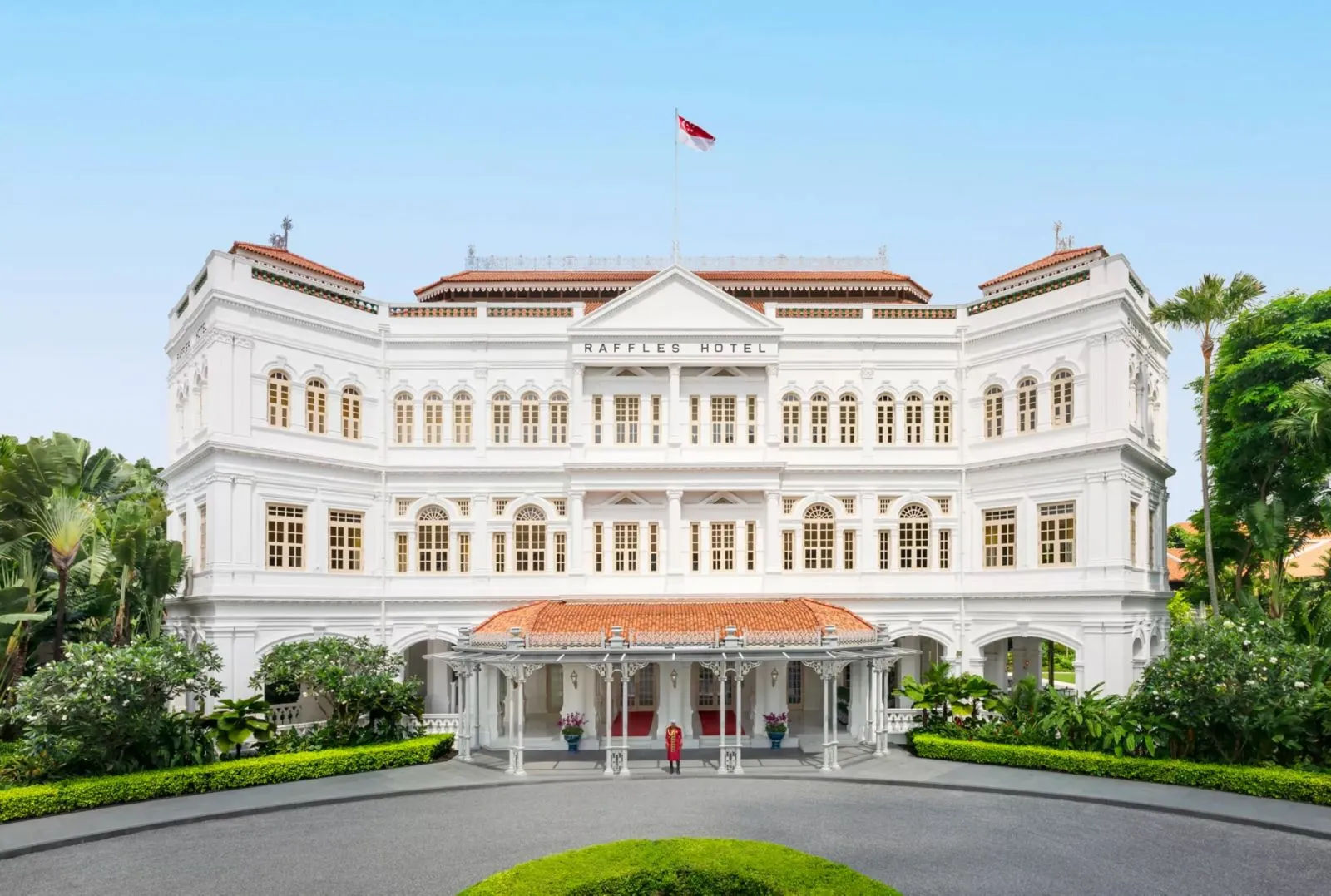
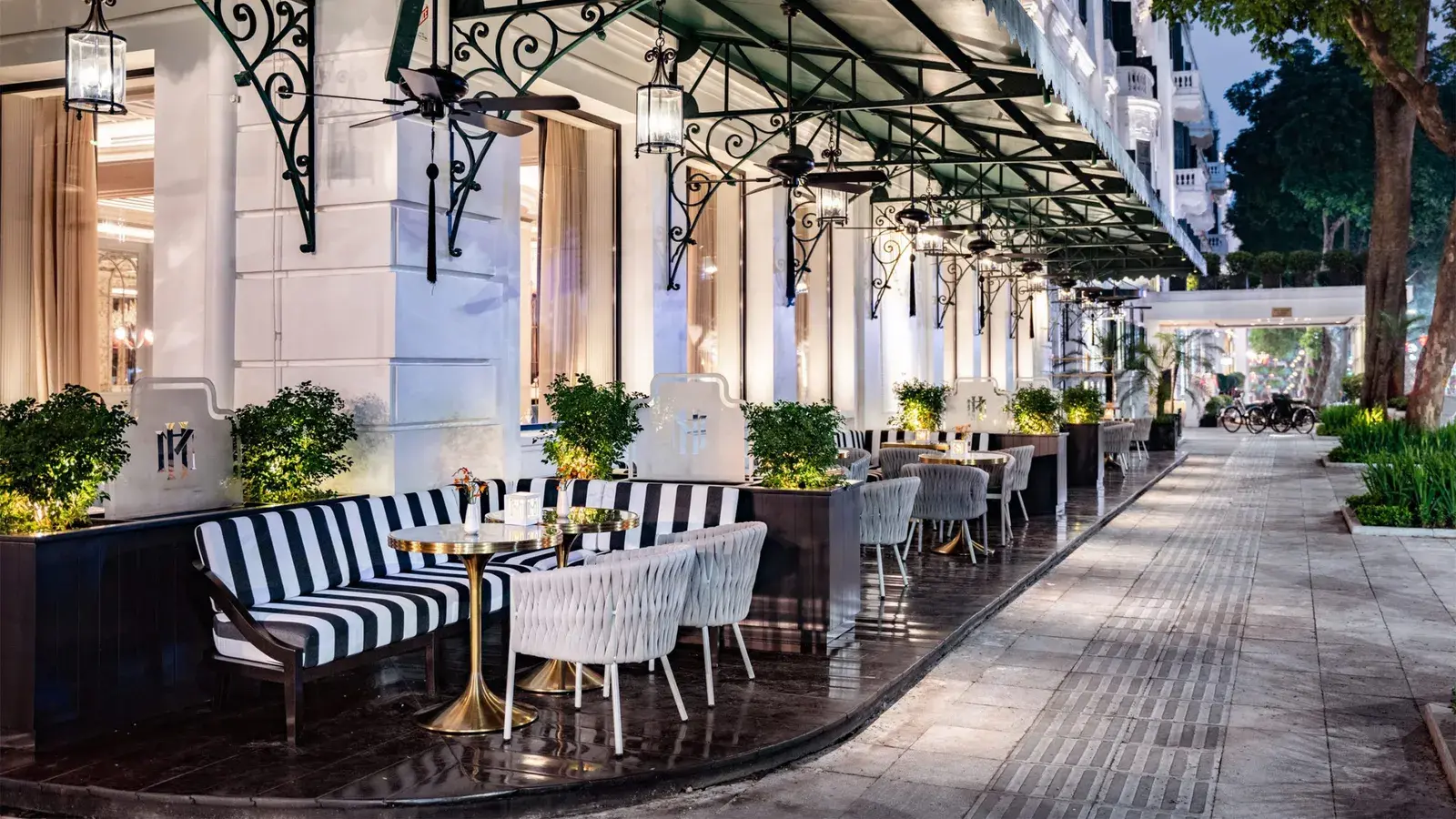
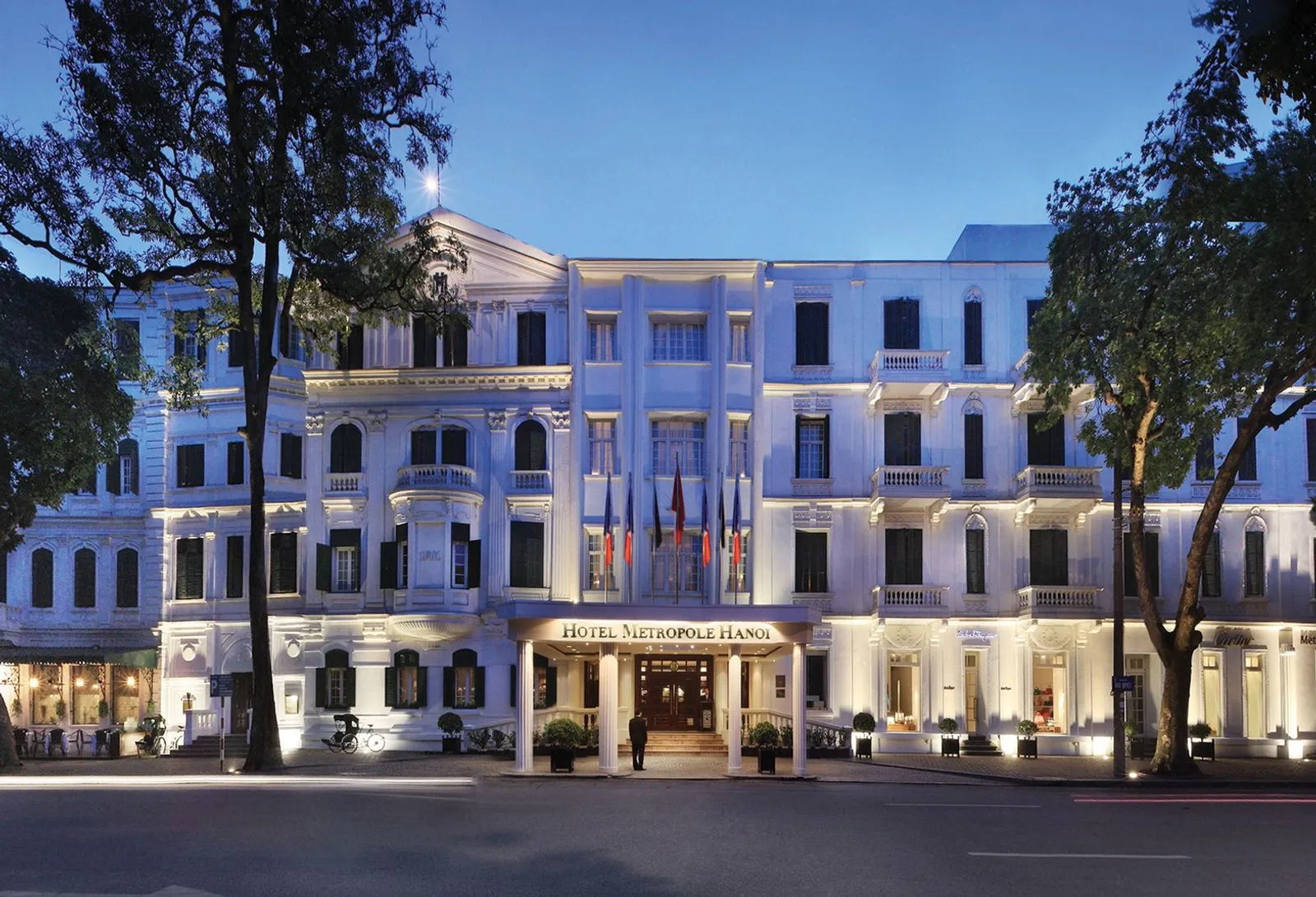
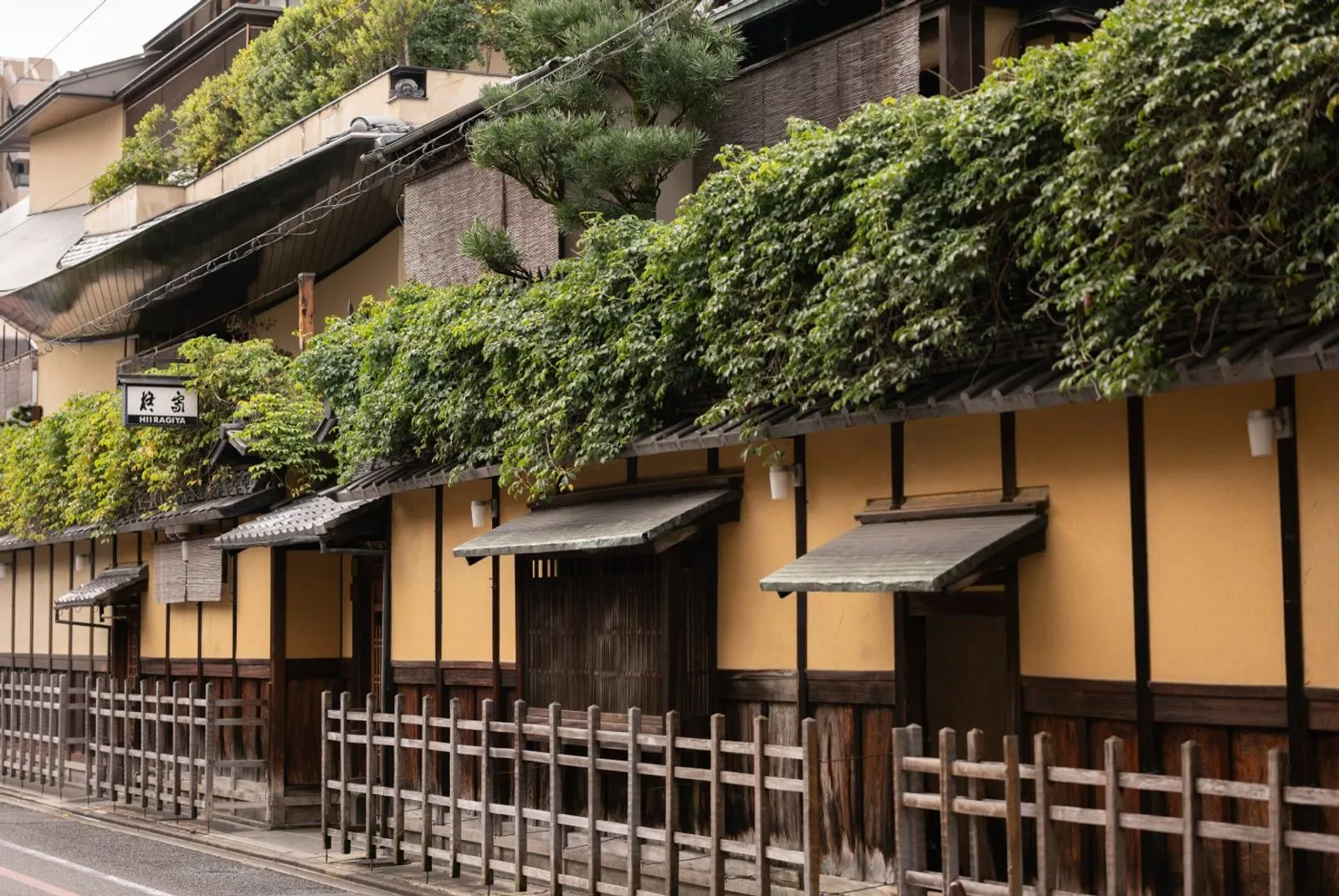
Since the birth of modern travel, the hospitality industry has evolved alongside it, yet some hotels have stood the test of time for over a century. These long-standing properties have witnessed the passage of history and shifts in tourism trends, emerging as living testaments to cultural heritage and enduring luxury.
Recently, Travel + Leisure Asia revealed a fascinating list of the oldest luxury hotels and resorts in Asia. These properties are not only architectural icons but also cultural landmarks that continue to represent timeless elegance in both their historical and modern contexts.
Among the celebrated names is the Mandarin Oriental Bangkok, which opened in 1876 along the Chao Phraya River and became the first luxury hotel in Bangkok. The Eastern & Oriental Hotel in Penang, Malaysia, founded in 1885 by the famous Sarkies brothers, remains a hallmark of colonial-era grandeur. Another legend, Raffles Singapore, opened in 1887 and continues to symbolize refined hospitality at the heart of the city-state.
Some of these hotels were established during the early 20th century, an era often referred to as the Roaring Twenties, when colonial architecture blended with local influences and evolving cultural expressions.
Among them, Sofitel Legend Metropole Hanoi holds a distinguished place. Built in 1901, it marked the beginning of a golden age in Asian hospitality. This architectural gem has welcomed numerous world-renowned guests and endured through two wars, carrying with it countless stories that form part of Vietnam’s cultural legacy.
The Railway Hotel, now known as Centara Grand Beach Resort in Phuket, debuted in 1923 as one of the first beachfront resorts in Asia, characterized by classic Thai design. Peninsula Hong Kong, established in 1928, became famous for its fleet of signature green Rolls-Royces and lavish afternoon tea experiences that remain cherished traditions today.
Other remarkable heritage hotels include Amangalla in Sri Lanka, a property with over 340 years of history that was transformed into a hotel in 1860. In Japan, Hiiragiya Kyoto has been welcoming guests for over 200 years with its traditional Japanese hospitality, while Nishimuraya Honkan, a 165-year-old onsen inn, continues to be managed by the seventh generation of the same family.
Together, these hotels stand as living witnesses to Asia’s hospitality legacy, preserving the spirit of luxury, culture, and history that continues to inspire travelers across generations.
Recent Post
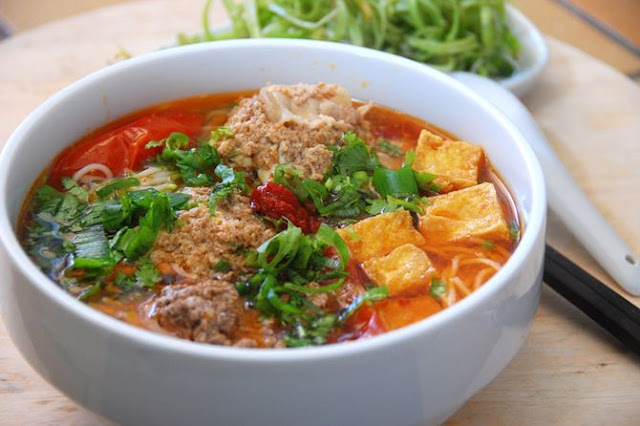
Nha Trang Crab Vermicelli: A Coastal Twist on a Northern Classic
Among Vietnam&rsqu...
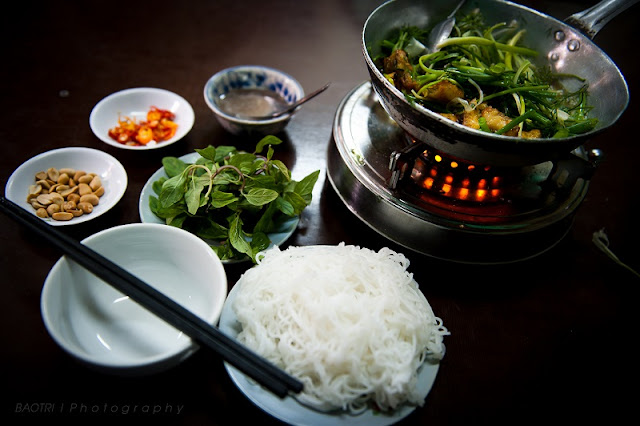
Cha Ca La Vong: The Iconic Hanoi Turmeric Fish with Dill
Among the many bel...
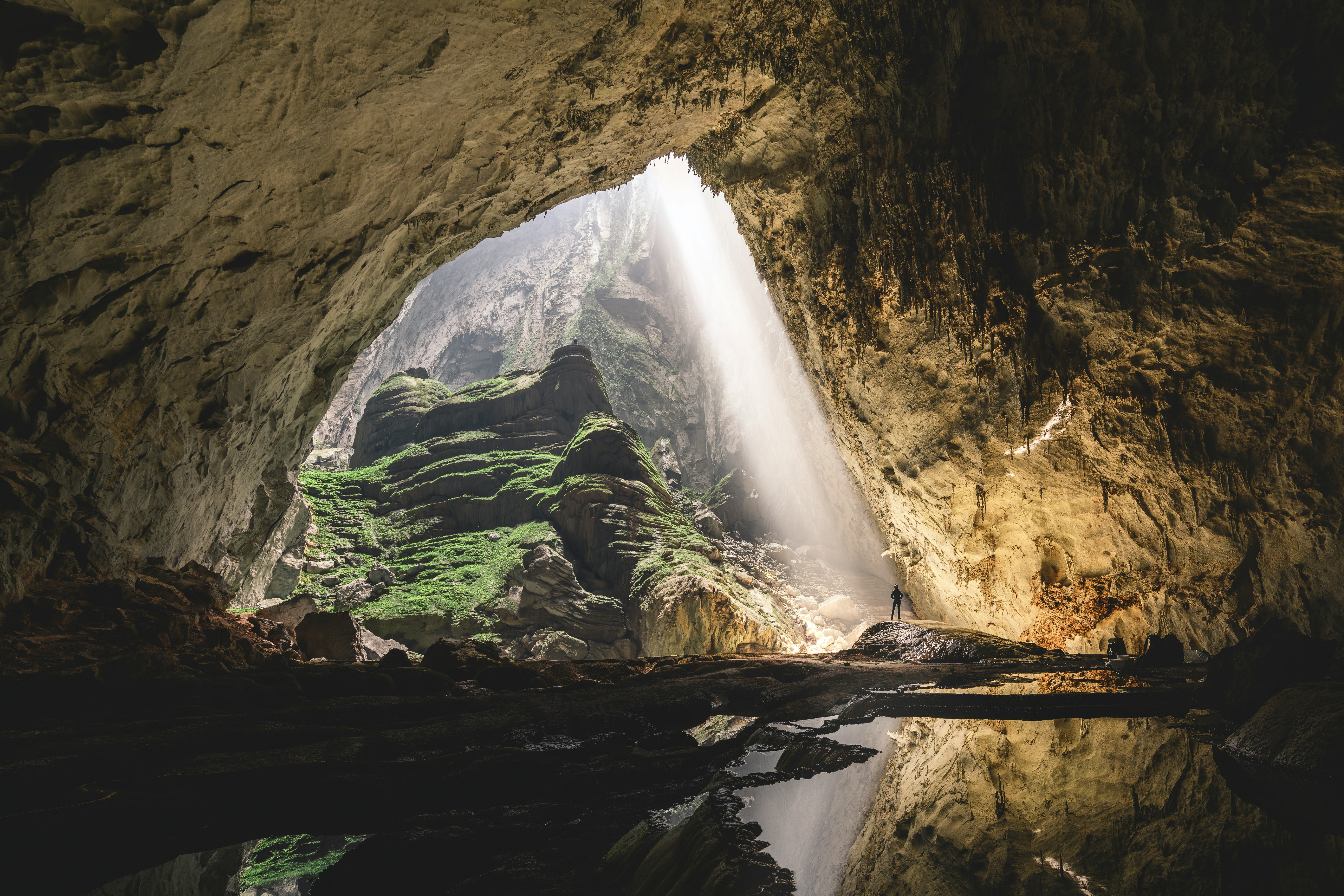
Son Doong Cave - Vietnam’s Emerging Natural Wonder and Tourism Magnet
Located in the cen...
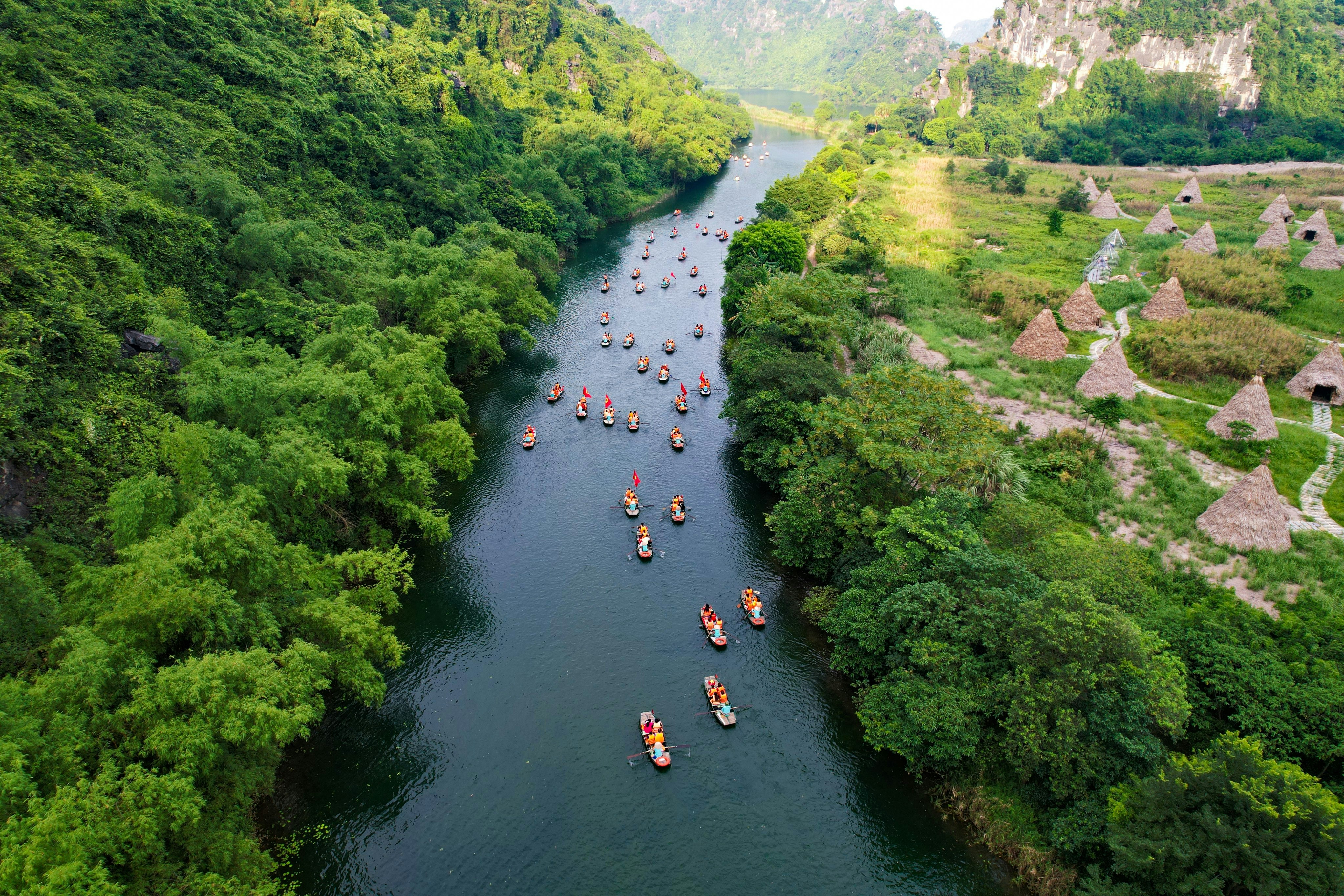
Trang An Scenic Landscape Complex - The “Ha Long Bay on Land” of Ninh Binh
Recognized by UNES...
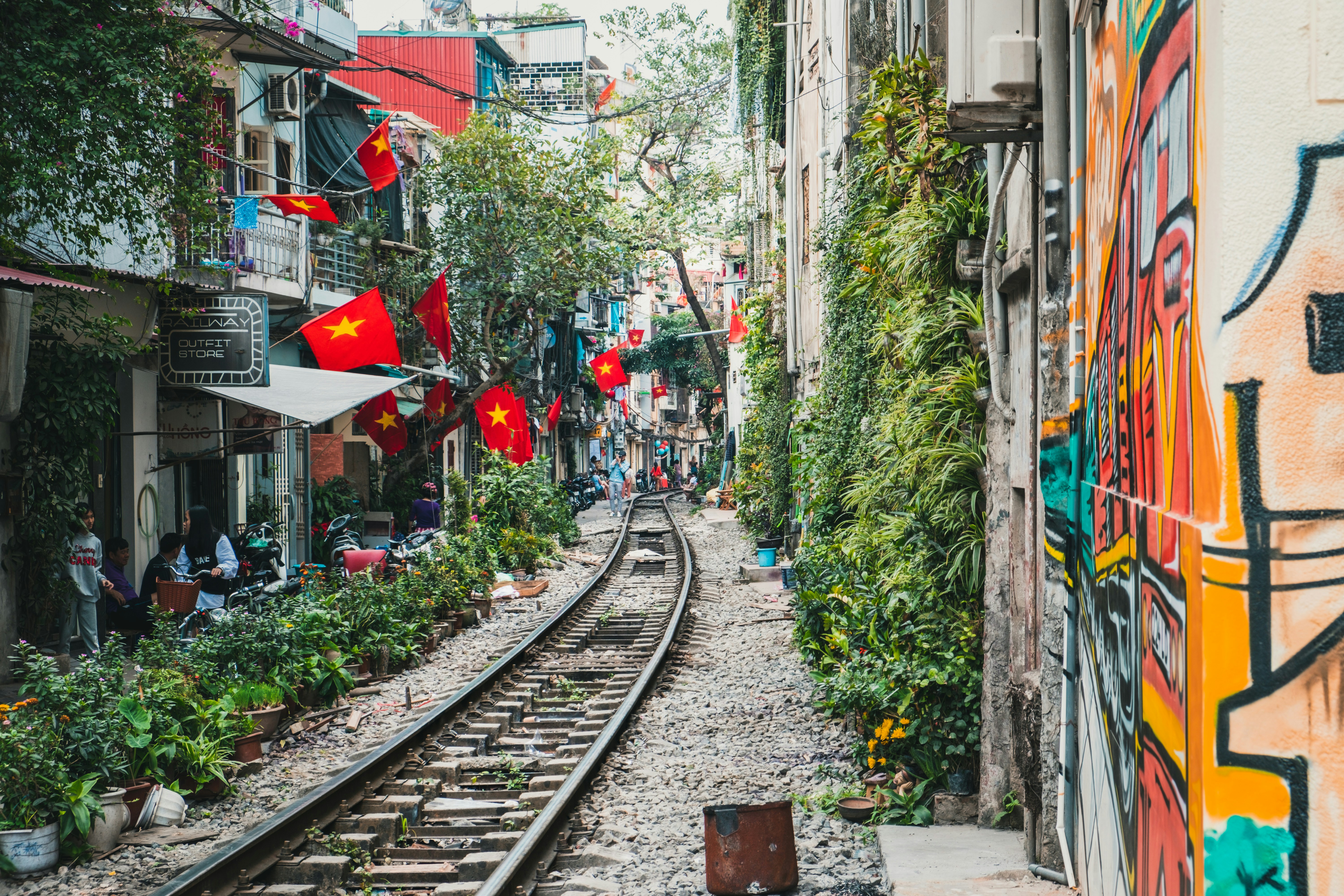
Hanoi Ranks Second Among Asia’s Top Honeymoon Destinations
Hanoi, the capital...
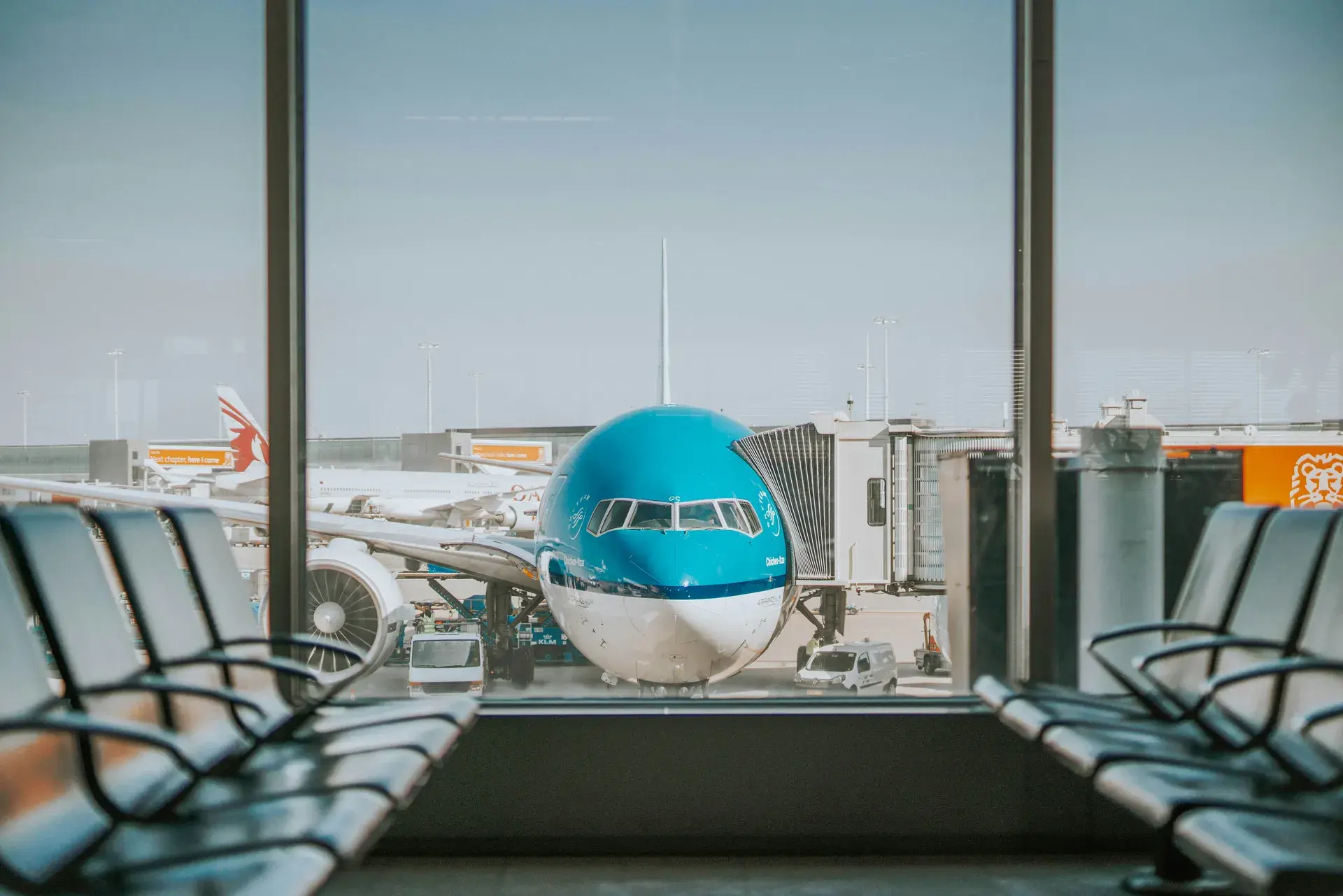
10 Smart Ways to Travel Better While Saving More
Today’s trav...

